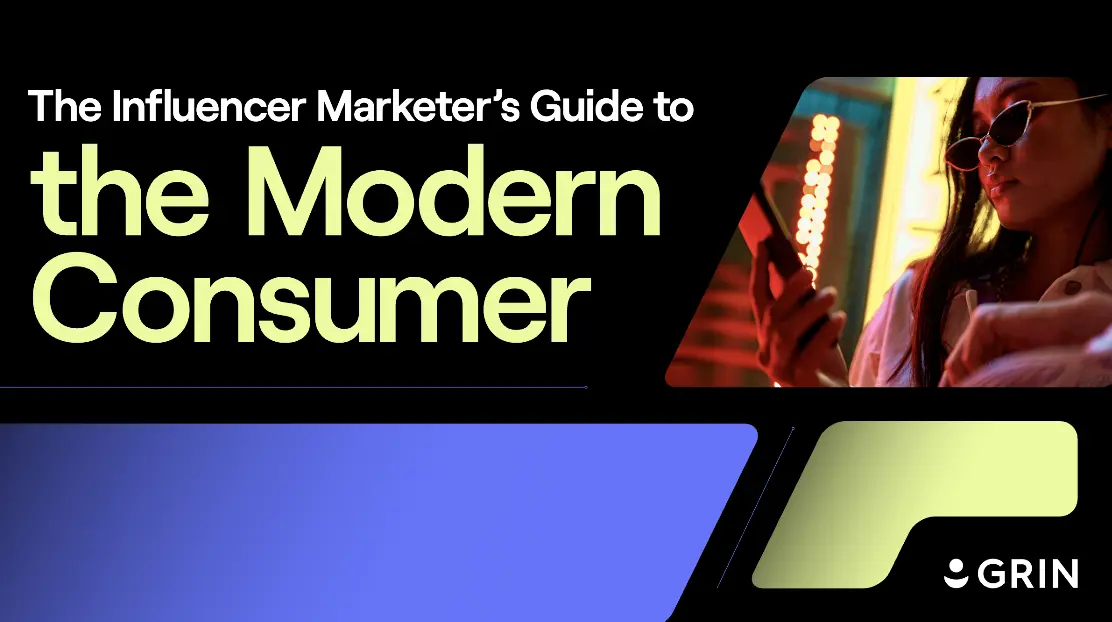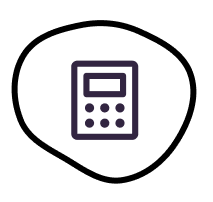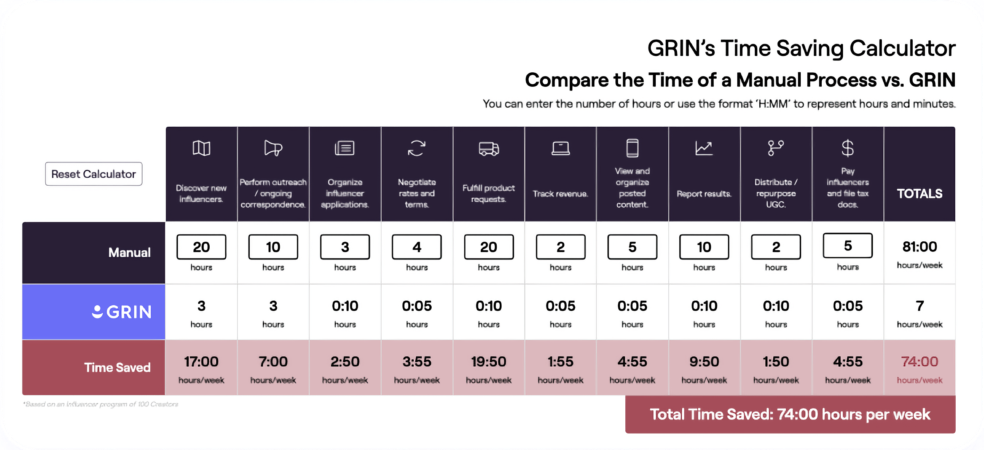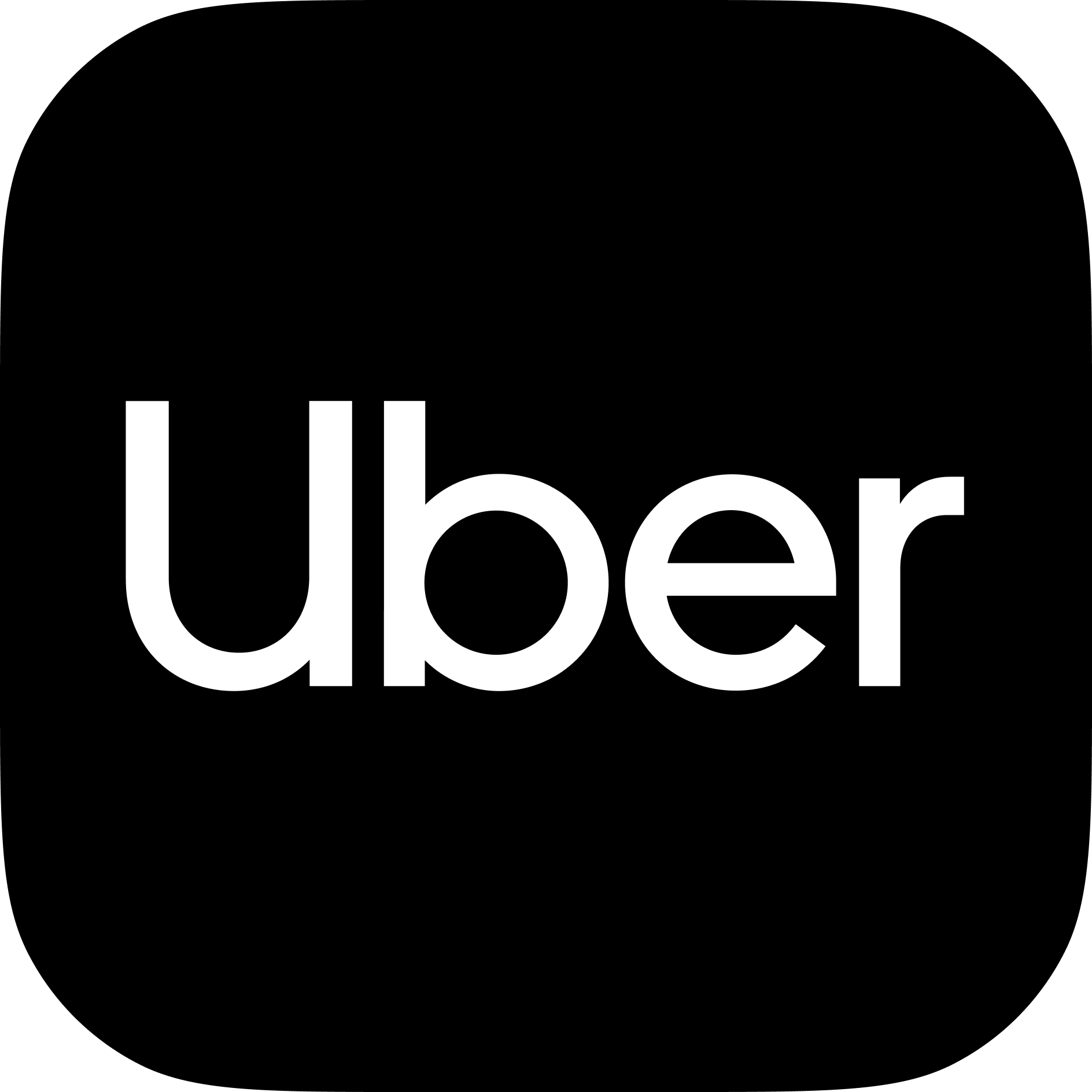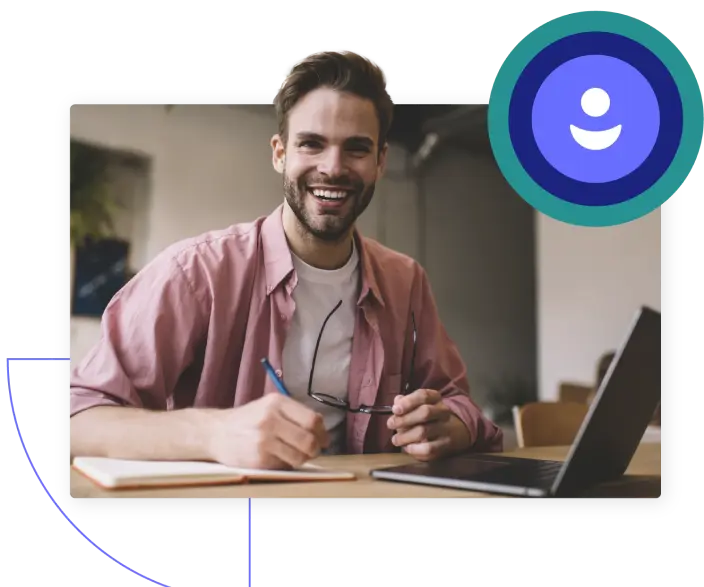Your customers and your audience are the lifeblood of your brand. But are you really listening to them?
Think about a time you talked with someone who just wasn’t listening. You couldn’t trust that person to know how you feel and understand your needs. Many brands out there are making the same mistake.
Social listening is crucial for every brand, especially brands that work with influencers. Influencer content has to align with what your audience wants to see, and knowing what they want requires a social listening strategy.
At GRIN, we built a social listening tool because we know how powerful it can be—especially for brands working with creators. If you’re still wondering how it fits into your strategy, let’s break it down.
What is social listening?
Social listening is the practice of finding out what people on social media are saying about your brand, your competitors’ brands, and your industry as a whole.
This includes comments people make on your brand’s content, comments made on your influencers’ content, and posts your audience makes on their own. But it’s not just about reading comments. It’s about understanding the deeper reasons behind them.
There are four key areas social listening is useful for: negative comments, positive comments, competitor analysis, and industry trends.
Negative comments
Let’s start with the negative, since that’s something many brands are afraid of. Social listening makes you aware of what your customers dislike about your brand. There could be something about your products or services that didn’t meet their expectations, or they may be unhappy with shipping times or customer service wait times. If you’re not aware of how your customers feel, these problems will cause higher return rates and more cancellations.
Then there’s every brand’s nightmare: A piece of content ends up offending the audience. We’ve all seen the brands that scramble to do damage control when people think their content is racist or offensive in another way. The better you are at social listening, the more likely you’ll be able to avoid this, and you’ll be able to respond more effectively in the unlikely event it happens.
Positive comments
You can see why social listening is important for tracking negative comments. However, positive comments are also a big part of social listening. If you post a piece of content that resonated with your audience more than usual, look closely at the comments. Try to understand why that post connected so well. Create more content similar to it (influencer content and your own content).
Another type of positive comment is audience suggestions. Fans of your brand may make suggestions about products they wish your brand would create. Social listening gives you a way to know about these comments so you can adjust your product offerings. Every brand has something special about it that customers love, so it’s smart to know your strengths and lean into those.
Competitor analysis
A good social listening strategy focuses on comments about your brand. A great social listening strategy also includes your competitors. Pay attention to the types of content your competitors are putting out, the influencers they’re working with, and audience sentiment about their content. The goal isn’t to copy your competitors but to know what they’re doing so you can do something different and better.
Industry trends
Social listening isn’t just about your brand. It’s about the entire industry your brand is a part of. There are several questions to think about when using social listening to study your industry:
What conversations are people having on social media about your industry? What keywords and hashtags are used most often? What are the most popular attitudes and opinions among people in your industry, and which ones are falling out of favor? Knowing these answers will give you a powerful advantage when planning social campaigns.
What’s the difference between social listening and social monitoring?
You may have heard of “social monitoring,” which is similar to social listening. Social monitoring tells you what people are saying. Social listening goes deeper—it helps you understand why they’re saying it, what they care about, and how sentiment is shifting over time.
It also involves learning people’s sentiments about your entire industry. In a nutshell, social monitoring tells you what people are saying, but social listening tells you why.
The role of social listening in influencer marketing
Social listening and influencer marketing go hand in hand in several ways:
Creator discovery
Social listening allows you to view the entire landscape of how people on social media feel about your industry. That includes what kinds of content is most popular in your industry and who’s creating that content.
Social listening helps you surface creators who are already talking about your brand—often organically. These authentic fans can be powerful partners, especially when their content resonates with your target audience.
Measuring campaign performance
Social listening helps you understand how your influencer content is landing with your audience. While performance reporting shows you metrics like reach and engagement, social listening reveals the context—what people are actually saying about your posts, what they’re sharing, and how they’re reacting across different segments.
It’s the difference between knowing a post got 10,000 likes and knowing why it resonated—and how to replicate that success.
Understanding audience sentiment
If you’re launching a new product or starting a new theme or messaging in your content, it’s important to be aware of the overall audience sentiment around it. This goes for influencer content too. Social listening lets you know how to adjust your content based on what your audience is most interested in seeing.
Spotting industry trends first
Staying ahead of trends is one of the biggest advantages of social listening. By tracking emerging conversations, hashtags, and sentiment shifts, you can spot cultural signals before they hit the mainstream.
The payoff? You can brief creators on timely topics, align your brand voice with what’s resonating, and publish relevant content while your competitors are still catching up.
Pro tips for effective social listening online
Get out in front of negative reviews
If someone posts a negative review of your brand on social media (or on your website), address it as soon as possible. The longer that review goes unaddressed, the more people will see it and think your brand doesn’t care. Social listening lets you know that the negative review exists so you can get in front of it and restore trust with your audience.
Amplify positive reviews
Getting 5-star reviews is like getting diamonds in your hands. They’re extremely valuable, so use them wisely. If you only look at reviews on your website, you’re missing out. Use social listening to see how people are raving about your products on social media, and show off the best positive reviews in your content.
Amplify positive reviews
Getting 5-star reviews is like getting diamonds in your hands. They’re extremely valuable, so use them wisely. If you only look at reviews on your website, you’re missing out. Use social listening to see how people are raving about your products on social media, and show off the best positive reviews in your content.
Turn audience questions into content
Trying to think of high-performing content ideas? Look no further than the questions people ask your brand. Social listening allows you to see these questions. If one person asks something, others probably wonder the same thing, which is why audience questions work so well as content.
Your creators can help here!
For example, let’s say you sell two similar products. Someone comments: “What’s the difference between product A and product B?”
This person is unfamiliar with your brand and doesn’t understand which product is better for their needs. An influencer can create a short video with on-screen text that says “What’s the difference between product A and product B?” and they can talk about the differences.
Win over unhappy customers from your competitors
With social listening, you can spot negative posts people make about your competitors. Then your brand can show up and make a good impression. You can like and comment on a couple of that person’s posts that are related to what your brand sells. The person may check out your brand and see that you’re selling something they like. Since they’re disappointed by the other brand’s product, they may be willing to give your brand a try.
Examples of social listening done right
Nike
While social listening can be used for humor, it can also be straightforward and helpful. Nike is one brand that proves this. They are happy to respond to customer comments and complaints, like in this post, where a potential customer complained that certain clothing wasn’t available in a size fitting their daughter. Nike responded and explained that there actually were child sizes after all, which cheered the person up.
And Nike went the extra mile in this post, in which a potential customer asked a question about shoes. The brand offered to have a DM conversation with the customer and make shoe recommendations. That’s the power of listening to your audience. The more you listen, the more chances you have to help and delight them.
Depop
Depop makes a strong effort to show they’re in tune with their community. Like Nike, they take the time to respond to people on social media. You can see this in the comments on this post, where they answered customers who couldn’t access their accounts and responded to a customer suggestion.
The brand also creates community roundup posts showing off the latest fashion styles that are popular in the Depop community. These posts encourage people to sign up for Depop’s creator program. The community roundups are smart for two reasons: They build audience trust because the audience can see that Depop is paying attention, and they help Depop understand what’s popular with their audience.
Barnes & Noble Olympia
@bnolympia what are you taking with you- wrong answers only 💖#barbenheimer #barbiemovie #oppenheimer ♬ Barbie Girl – Lady Aqua
A Barnes & Noble in Olympia, Washington showed how much they keep track of the latest trends in books and other entertainment. When “Barbenheimer” became a thing in 2023 thanks to the Barbie and Oppenheimer movies, this B&N store made a TikTok video with some of the store’s products related to that trend.
The result? Their video ended up being one of their most popular pieces of content, with well over 300,000 views. This proves that if you can use social listening to catch trends in a clever way, you’ll boost your chances of boosting your views!
Barnes & Noble Olympia
A Barnes & Noble in Olympia, Washington showed how much they keep track of the latest trends in books and other entertainment. When “Barbenheimer” became a thing in 2023 thanks to the Barbie and Oppenheimer movies, this B&N store made a TikTok video with some of the store’s products related to that trend.
The result? Their video ended up being one of their most popular pieces of content, with well over 300,000 views. This proves that if you can use social listening to catch trends in a clever way, you’ll boost your chances of boosting your views!
Pantene
Challenge Accepted! Just received a box of goodies from @Pantene, (the Gold Series Collection). #ad After making a few less than ideal hair decisions lately – I’ve been experiencing dry, brittle hair w/ breakage (sigh!). So the timing is perfect for this… https://t.co/wqvSJPmzfB pic.twitter.com/1c8jvrzGk4
— SimplyCyn (@iamSimplyCyn) October 10, 2018
Finally, we can’t go without mentioning Pantene’s genius 14-day challenge from 2018. It started when the brand noticed that Twitter users posted 1.2 million times using the hashtag #BadHairDay. To solve the bad hair day problem, Pantene formed a team to intercept every #BadHairDay poster on Twitter, challenging them to try a Pantene hair regimen for 14 days and post their transformation with a #GreatHairDay hashtag.
The campaign boosted Pantene’s organic and influencer reach significantly, while the hashtag #GreatHairDay appeared 587% more often than before the challenge. The brand also raked in an 89% share of voice following the #14DayChallenge. Now that’s social listening done right.
Key takeaway: GRIN’s social listening is the only tool you need to own the conversation about your brand online.
Social listening isn’t a nice-to-have – it’s a necessity. To get the highest ROI from your influencer content, you have to deeply understand the audience you want to reach. And you can’t understand people without listening to them.
Good news: We have a tool for that. GRIN’s new social listening tool is your fast track to better audience insights. Forget wasting time manually hunting for comments about your brand. Our tool lets you…
- Monitor and analyze Instagram conversations in real-time.
- Customize tracking for specific mentions, hashtags, campaigns—even competitors.
- Filter content by follower count, hashtags, mentions, and more to focus on what matters.
- Track trends over time to see if your mentions, impressions, and engagement are growing.
Imagine how much more powerful your influencer campaigns would be with this much info at your fingertips.
If you need to step up your social listening strategy, we’ve got you. When you listen to your audience in a way you never have, you can create content that resonates more than ever.



